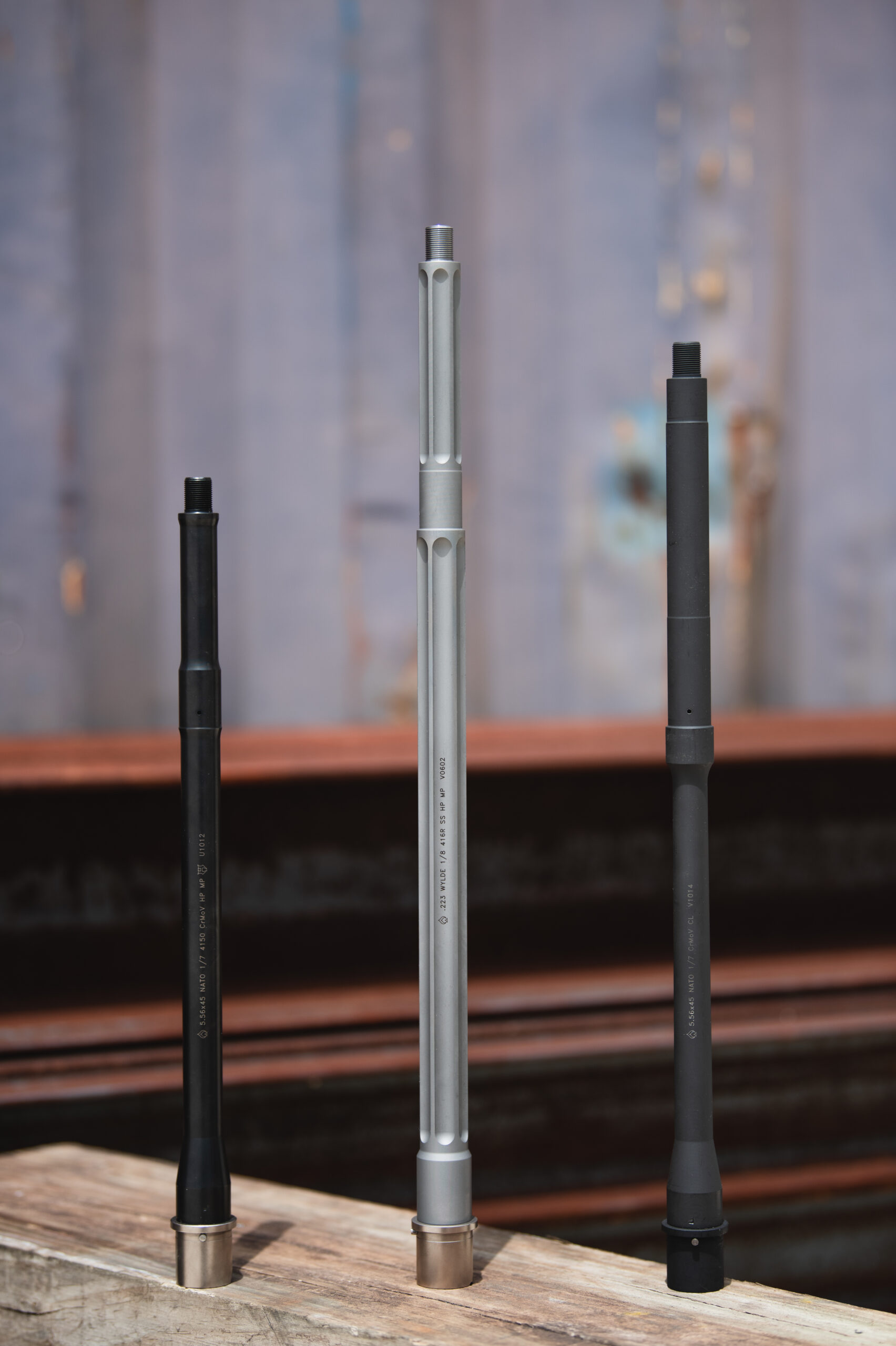If you are a fan of customizing or building AR-15s, you might have heard someone mention gas systems at some point. What is a gas system, what does it do, and what is the best gas tube length for your AR-15? By the end of this article, you will have answers to all these questions and the insights you need to pick the perfect gas system for your AR-15.

What Are Gas Systems?
Your AR-15 is a gas-operated, semiautomatic weapon. The gas system, also called the direct impingement gas system, consists of a small hole in the barrel called the gas port. The port vents gas generated by each fired shot, sending it through the gas block to the gas tube, which carries it to the bolt carrier group for semiautomatic firing.
The amount of gas fed to the bolt carrier group determines the force and speed with which the component moves and your gun cycles. If the supplied gas is too much, it will cause excessive recoil and wear out the bolt faster. On the other hand, inadequate gas supply can impede cycling and cause the gun to jam.
[Embed BA gas system lengths video here]
How Gas Systems Work
As mentioned, an AR-15 is a gas-operated rifle that cycles its system with gas pressure released when you fire a round. Cycle refers to the process of the bolt carrier group sliding backward to eject spent shells before sliding forward to chamber a fresh round from the magazine. The gas system eliminates the need to manipulate the bolt manually after each shot.
The gas released by a fired shot leaves the barrel through the gas port, enters the gas block, then travels through the gas tube. The tube takes the gas to the gas key attached to the bolt carrier group and slams the bolt back into the buffer and buffer spring. After the buffer spring has fully compressed, it will spring forward, returning the bolt carrier group to its starting position for another shot.
The gas that drives the gas system is the hot gasses that escape from a casing after you fire a round. The hot gas expands violently to propel bullets with enough velocity to fly and hit targets. The gas system captures some of that hot gas through the barrel port to manipulate the bolt carrier group.
Several AR gas system lengths are available, and the ideal gas tube length for your gun will depend on your barrel length and other factors. A longer gas tube will bring the gas port closer to the muzzle.
However, if the gas port is too close to the muzzle, especially in a long barrel, the gas pressure may be lower than ideal. Low pressure will lead to insufficient gas entering the tube to operate the bolt carrier group optimally.
Gas Blocks and Gas Tubes
The gas block regulates the amount of gas from a fired round that enters the gas tube and reaches the bolt carrier group for smooth cycling. It is ring-shaped, sits somewhere in the middle of the barrel, and different diameters are available.
The right gas block diameter for your barrel will depend on if you have a pencil, government, Hanson, or bull barrel. Each barrel is slightly different in diameter, and if the block isn’t a perfect fit, it can lead to gas escaping and under-gassing.
The gas tube is another essential part of your AR-15’s gas system. The tube sits over the barrel and takes the gas captured by the gas block to the bolt carrier group. The gas tube siphons the captured gas into the bolt carrier group via a key screwed into the top of the bolt carrier group.
Low-Profile Gas Block vs. Standard
Low-profile gas blocks take up minimal space on the barrel and are less noticeable because they are shorter and thinner than standard blocks. The subtleness and size of a low-standard gas block make it ideal for AR-15 owners who would like to add a handguard and other accessories to their gun barrel.
If you opt for an adjustable gas block, you can tweak it to increase or reduce how much gas reaches your bolt carrier group. However, non-adjustable gas blocks are your best bet if you want an off-the-shelf AR-15 that can run safely and reliably without worrying about gas settings.
In a nutshell, the low-profile gas block vs. standard gas block contest has no clear winner. The best one to install on your gun will depend on how you want your AR-15 to look and operate.
How to Measure Gas Tube Length
Gas system length or gas tube length refers to the distance between the chamber and the gas block. Choosing the right gas tube length is essential because it affects dwell time.
Dwell time is how long a bullet spends in the barrel after passing the gas port. Once the bullet passes the gas port, the gas from the fired bullet expands and generates pressure. Some of that gas will enter the gas port and travel to the bolt carrier group to cycle it. The gas pressure will cut off immediately after the bullet exits the barrel.
Excessive gas pressure will over-gas the bolt carrier group, leading to the bolt carrier group sliding with excessive force. The excessive force can cause extreme recoil and make the bolt carrier group wear out faster.
On the other hand, too short a dwell time caused by insufficient space between the gas port and muzzle can cause under-gassing. An under-gassed system will cause the bolt carrier group to move too slowly to eject exhausted rounds and chamber fresh ones. Also referred to as short-stroking, the malfunction can make your gun unreliable and prone to jamming.
Other factors that affect dwell time are barrel length, gas port size, buffer, buffer spring and trigger, muzzle device, and slug weight and size.
Comparing Gas System Lengths: Pistol, Carbine, Mid, Rifle
Several AR-15 gas system lengths are available for different gun barrel lengths. Let’s take a look at each length and what makes them different.
| Gas System Length | Barrel Length |
| Pistol | 10 inches |
| Carbine | 14 to 16 inches |
| Mid | 16 to 18 inches |
| Rifle | Over 18 inches |
Pistol-Length
You need a pistol-length gas system if you prefer a super short AR-15 for easy maneuverability in close quarters. Pistol-length AR-15s typically have barrels 10 inches or shorter. The ideal pistol-length gas system for such a barrel will have a gas tube between 4.5 and 6.75-inches.
Carbine
AR-15s built as carbines typically have a barrel between 14 and 16 inches. You need a carbine-length gas system between 9.75 and 9.8 inches on such firearms.
Mid-Length
A mid-length barrel typically measures between 16 and 18 inches. The ideal gas tube length for such a barrel will be about 11.75 inches.
Rifle-Length
A standard AR-15 rifle barrel is between 18 and 20 inches. On such a gun, you will need a rifle-length gas system between 13 and 15 inches long.

What's the Best Gas System Length for My AR-15?
Carbine vs. mid-length vs. rifle-length gas system arguments are always raging, but there’s never a definitive winner. That’s because each gas system length affects different AR-15 builds differently.
The best gas tube for your AR-15 will depend on your barrel length. Find the gas system length that best optimizes your gun's accuracy, reliability, and durability by testing different compatible gas systems.
However, the mid-length gas system is your best choice if you want a versatile gas tube length that works with various barrel lengths. Pairing a mid-length gas system with an AR-15 carbine will give you a slightly longer gas system with a shorter dwell time.
A shorter dwell time will cause the bolt carrier group and other moving pieces to work properly but a little slower. The reduced speed will prevent accelerated wearing down of moving components and minimize the risk of a weapon malfunction.
On the other hand, attaching a mid-length barrel to a rifle-length AR-15 will lead to a shorter gas system and longer dwell time that causes your rifle to cycle faster. Faster cycling is ideal if you want an increased rate of fire.
On the downside, faster moving components will lead to more intense recoils and accelerated wearing down of moving parts in your rifle. These issues are negligible for casual shooters who only occasionally fire their weapons.
If you have an AR pistol, you can only use a pistol-length gas system. Any other gas system would be too long.
Need a Premium Barrel for Your AR-15 Build?
Now that you know what a gas system is and how to pick a fitting gas tube length for your AR-15, you only need to find where to shop. Look no further than Ballistic Advantage – the one-stop shop for top-of-the-line AR-15 parts and components for upgrading or building your dream firearm from scratch.
Visit our online store today to check out our latest AR-15 barrels, gas blocks, and gas tubes, and order your favorites.
